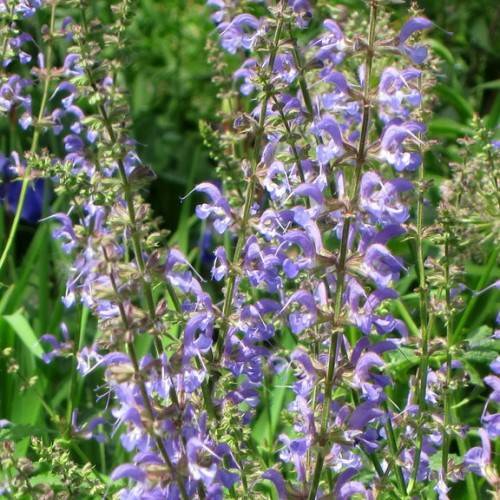
sage
Salvia transsylvanica
Cycle:
Herbaceous Perennial
Watering:
Minimum
Hardiness Zone:
4 - 7
Flowers:
Flowers
Sun:
Full sun,part shade
Leaf:
Yes
Growth Rate:
Low
Maintenance:
Low
Drought Tolerant:
Yes
Salt Tolerant:
Yes
Care Level:
Medium
watering
Sage (Salvia transsylvanica) should be watered regularly to ensure it is getting enough moisture. Depending on the weather and soil type, this may mean watering every 2 to 3 days. During hot, dry spells, more frequent watering may be required. When watering, it is best to give the plant a thorough soaking until water runs through the drainage holes in the pot. Allow the top inch or 2 of soil to dry out before watering again. Over-watering can cause root rot, so it is important to not let the soil become water-logged.
sunlight
Sage (Salvia transsylvanica) prefers full sun or partial shade. In hot climates, it's best to provide some shade during the hottest part of the day (between 10am and 4pm). Ideally, sage should get 6-8 hours of sunlight per day, with the sun highest in the sky for 4 to 5 hours. For the best foliage and bloom production, make sure your sage gets the needed sunlight during the spring and summer months. In fall and winter, sunlight needs decrease as days get shorter.
pruning
Pruning Sage (Salvia transsylvanica) is best done in late winter or early spring (March/April) before the plant begins to put out new growth. Pruning should involve removing spent blooms, dead or unhealthy stems, and lightly shaping the shrub if desired. Sage should be pruned back to the base of the stems for rejuvenation. Pruning should be kept light, as removing too much of the foliage can cause the plant to become stressed and hinder its flowering potential, but should cut back enough to promote new growth.
